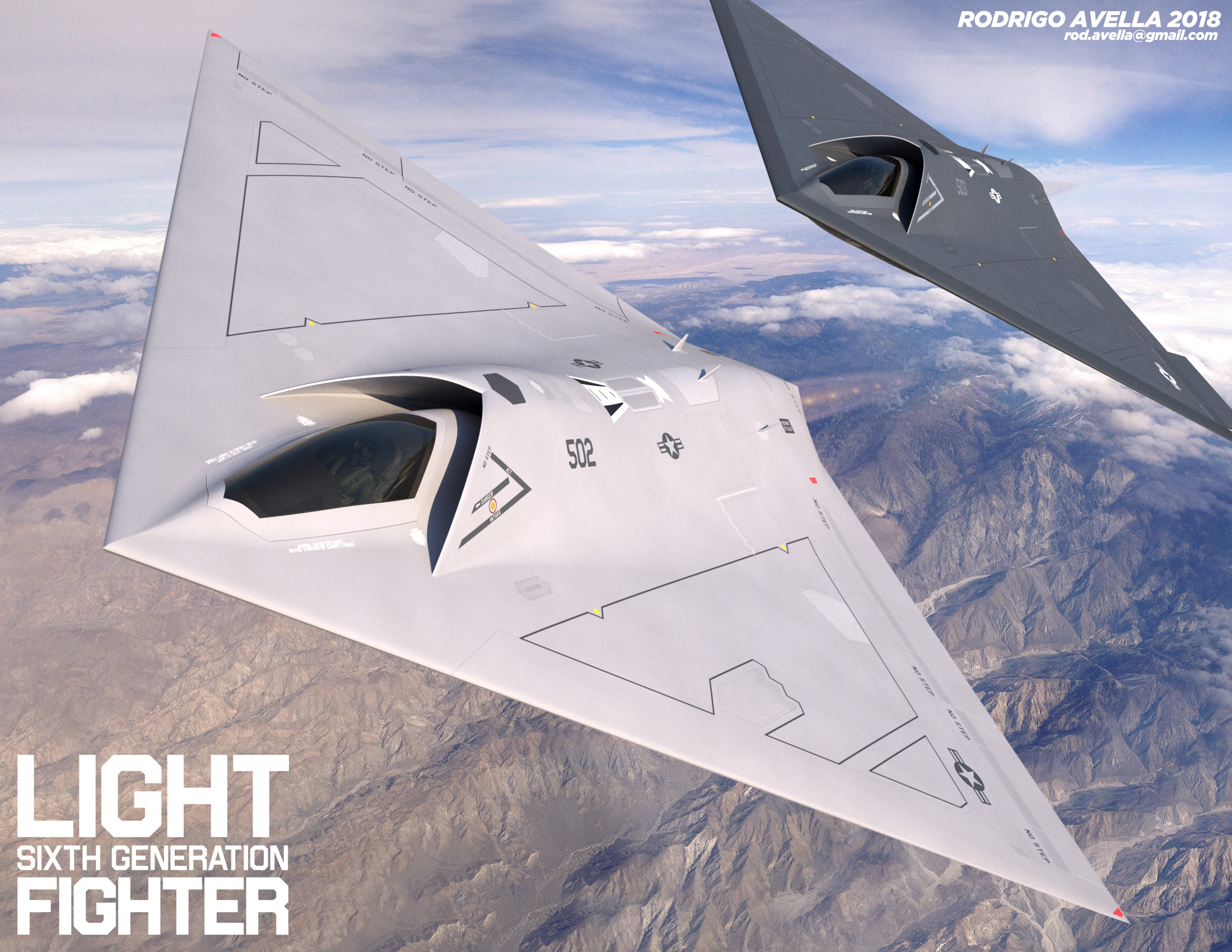The Sixth Generation Fighters: A Glimpse into the Future of Air Warfare
In the world of military aviation, the evolution of fighter aircraft is a never-ending quest for technological superiority and dominance in the skies. As we step into the future, the Sixth Generation Fighters are on the horizon, promising a leap in capabilities, unmatched agility, and advanced technologies. In this article, we will delve into the exciting world of Sixth Generation Fighters, exploring their potential and what sets them apart.
These were the early jet fighters, emerging in the late 1940s. They lacked advanced avionics and relied on machine guns for firepower.
This era saw the introduction of guided missiles and radar systems, enhancing combat capabilities.
The 1960s brought forth supersonic aircraft with improved maneuverability, guided missiles, and better avionics.
The 1980s marked the development of multi-role fighters with advanced electronic warfare, radar, and precision-guided munitions.
The F-22 Raptor and F-35 Lightning II represent this generation, featuring stealth technology, advanced sensors, and network-centric warfare capabilities.
While stealth was a hallmark of fifth-generation aircraft, sixth-generation fighters will take it to the next level. Improved materials and design will make them even harder to detect on radar.
These fighters will have the ability to sustain supersonic speeds without using afterburners, conserving fuel and reducing infrared signatures.
Expect the integration of laser weapons for offensive and defensive purposes. These weapons can be used for precision strikes, anti-missile defense, and even taking down other aircraft.
Artificial intelligence will play a significant role, enabling the aircraft to make split-second decisions, adapt to evolving threats, and operate semi-autonomously.
Advanced sensors will be fused into a single, comprehensive picture, enhancing situational awareness and decision-making.
Sixth Generation Fighters will excel in air-to-air combat, air-to-ground missions, electronic warfare, and intelligence, surveillance, and reconnaissance (ISR) roles. They will be true multi-role platforms.
The level of technology involved in these aircraft will make them expensive to develop, produce, and maintain.
Nations around the world are investing heavily in advanced fighter programs, leading to a competitive landscape.
Integrating sixth-generation fighters into existing fleets and combat doctrines will be a complex process.
The Sixth Generation Fighters represent the cutting edge of aviation technology and military capabilities. They are poised to redefine air warfare with their advanced stealth, autonomy, and versatility. As we await their arrival, one thing is certain: the future of aerial combat is about to change, and it’s going to be remarkable to witness these aircraft in action. The sky, quite literally, is not the limit for these incredible warplanes.
Hits: 3









